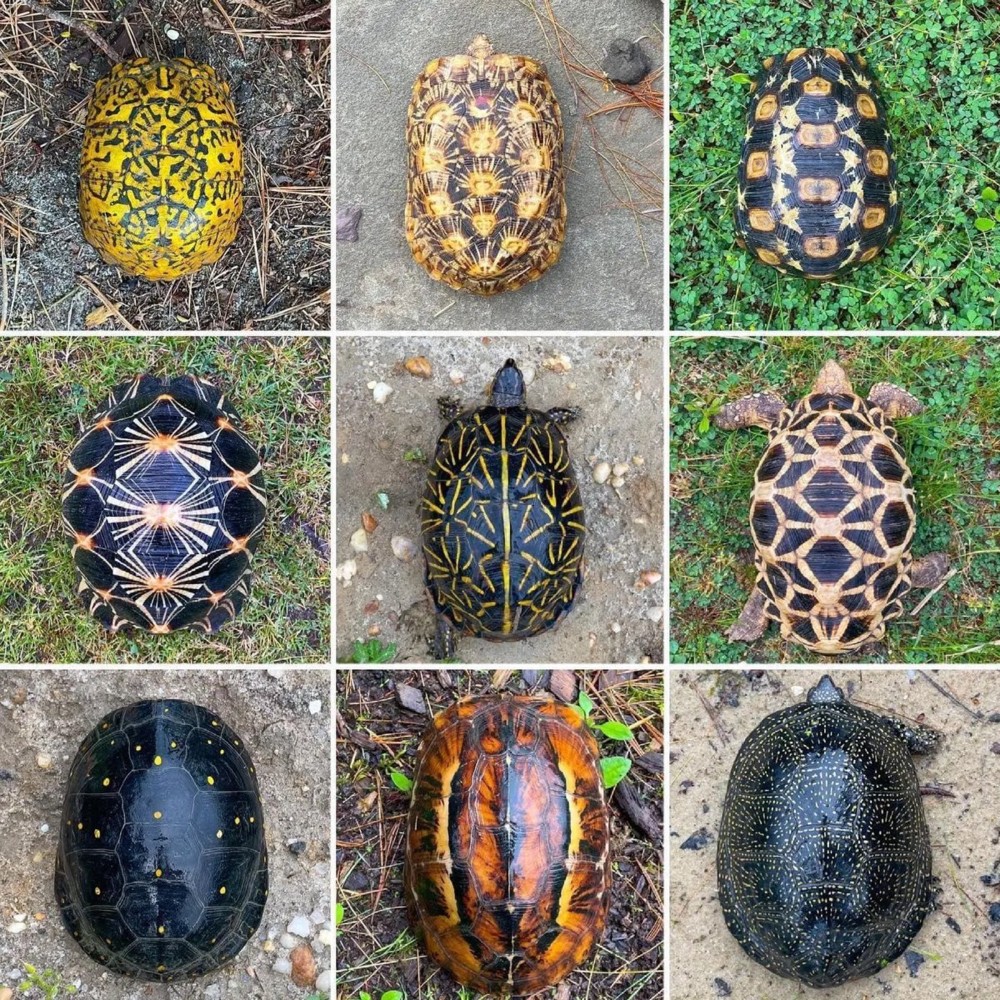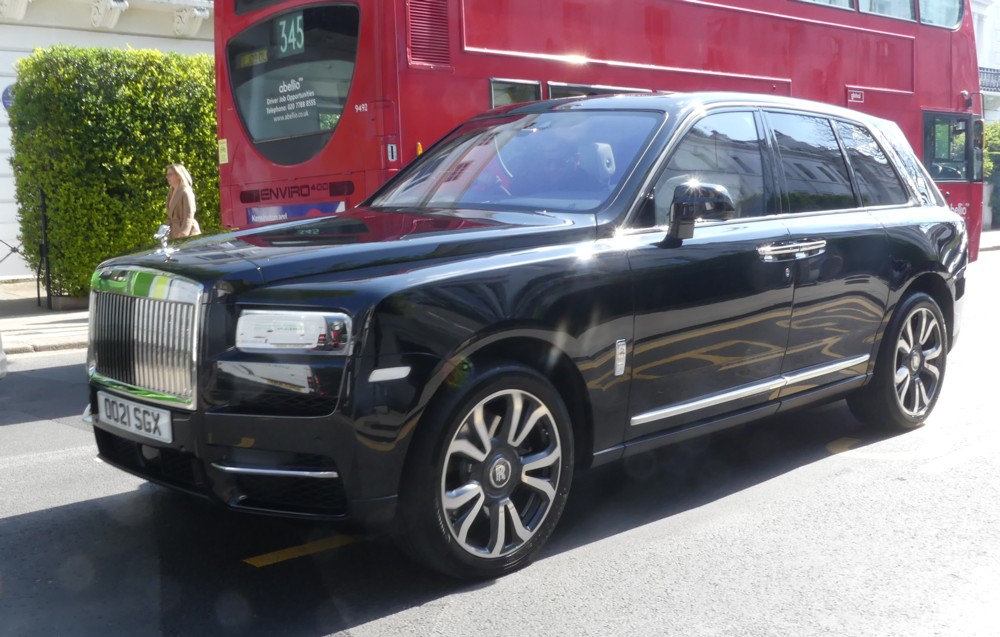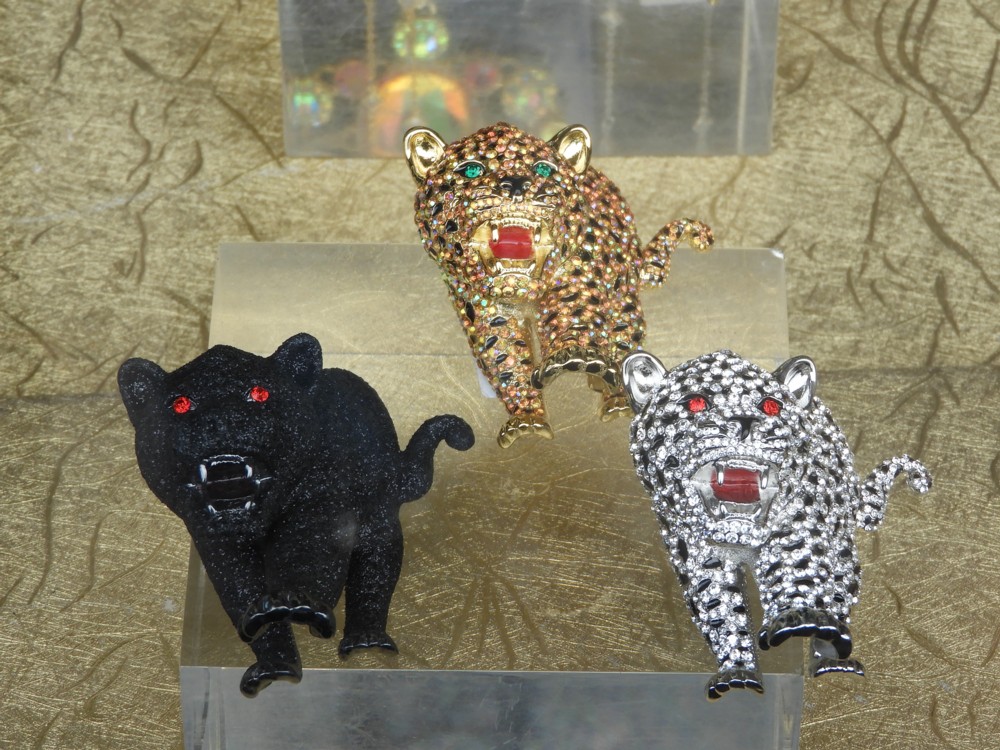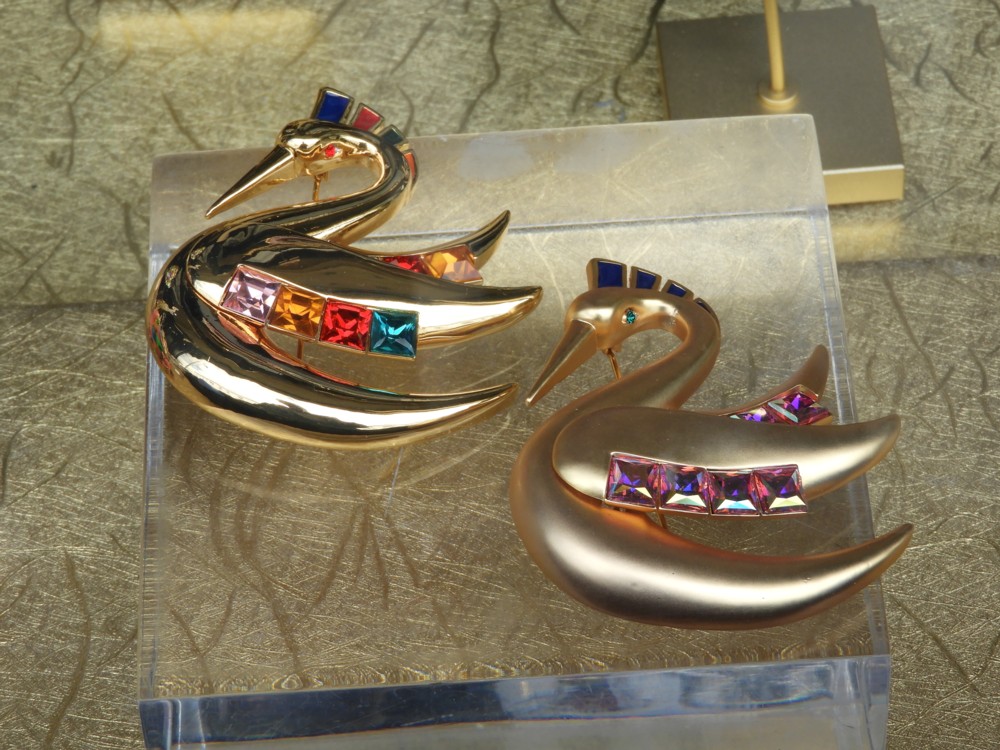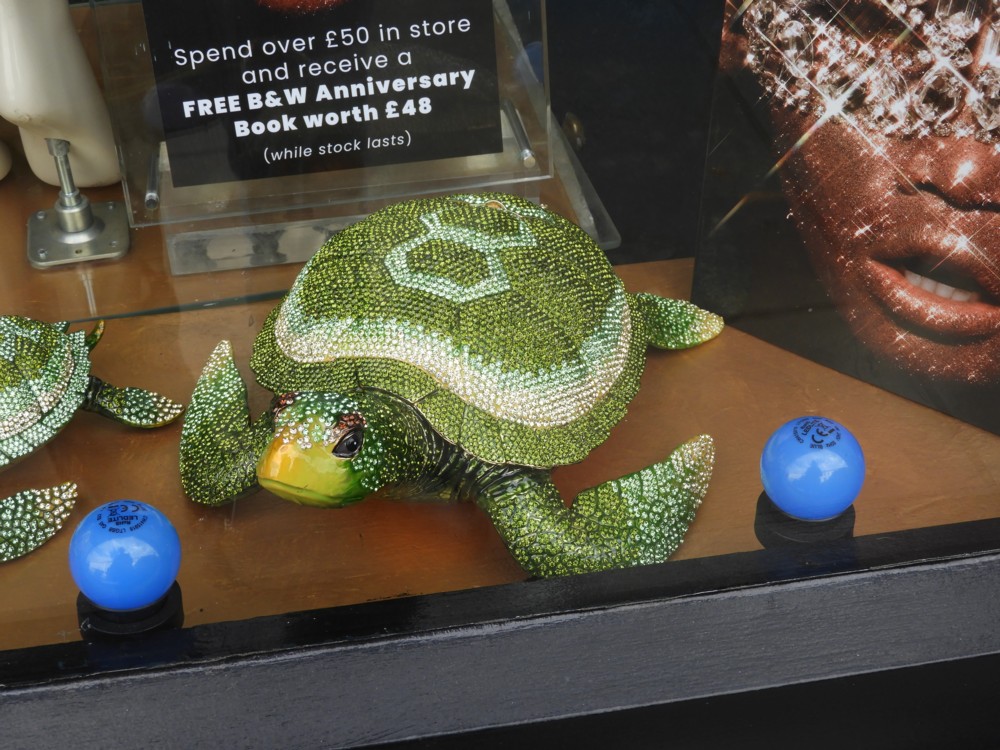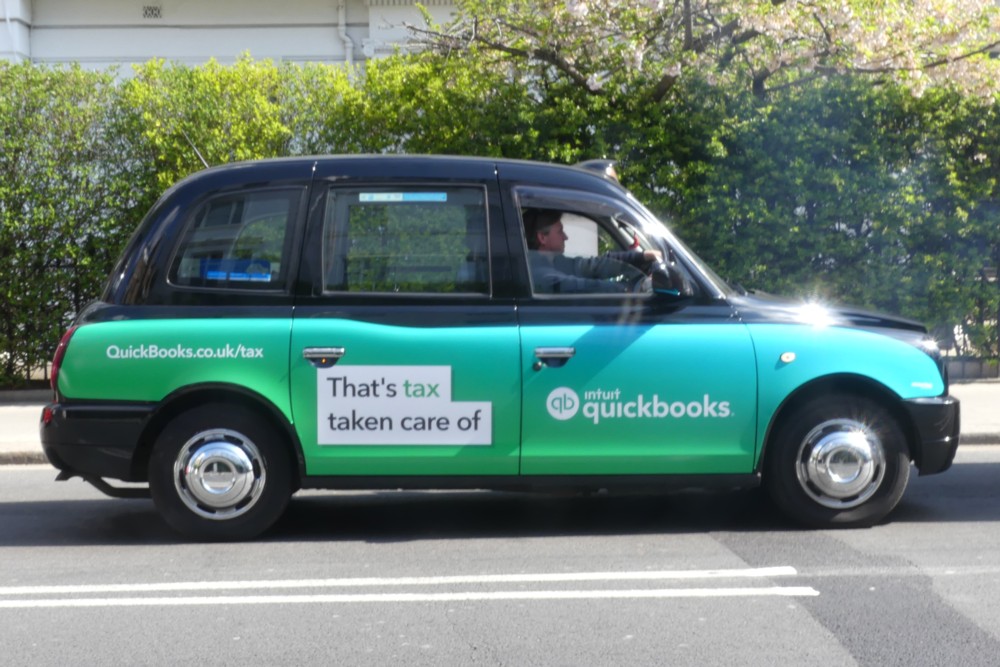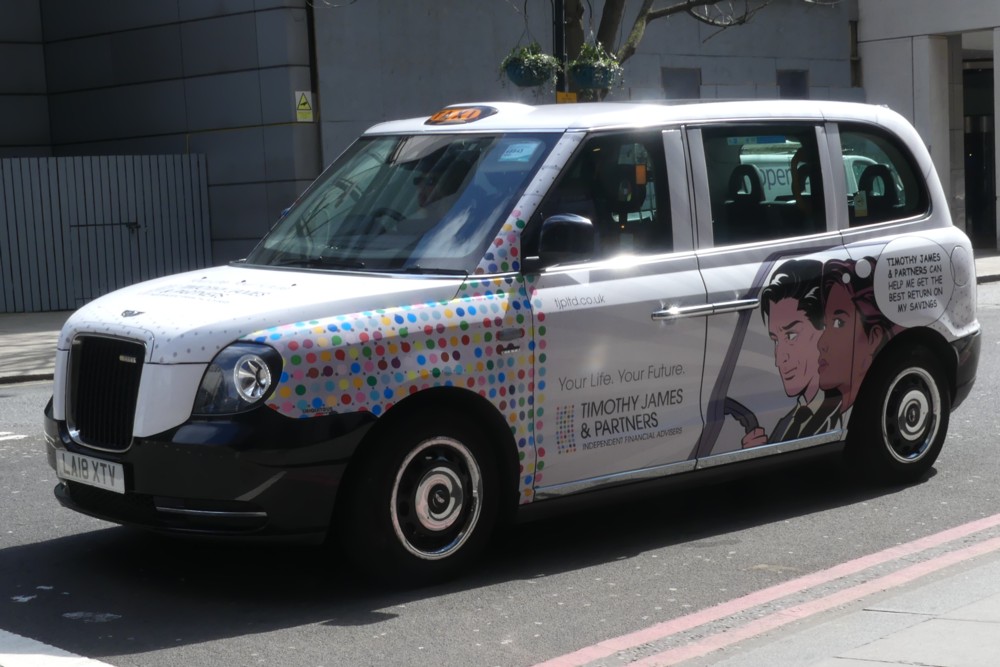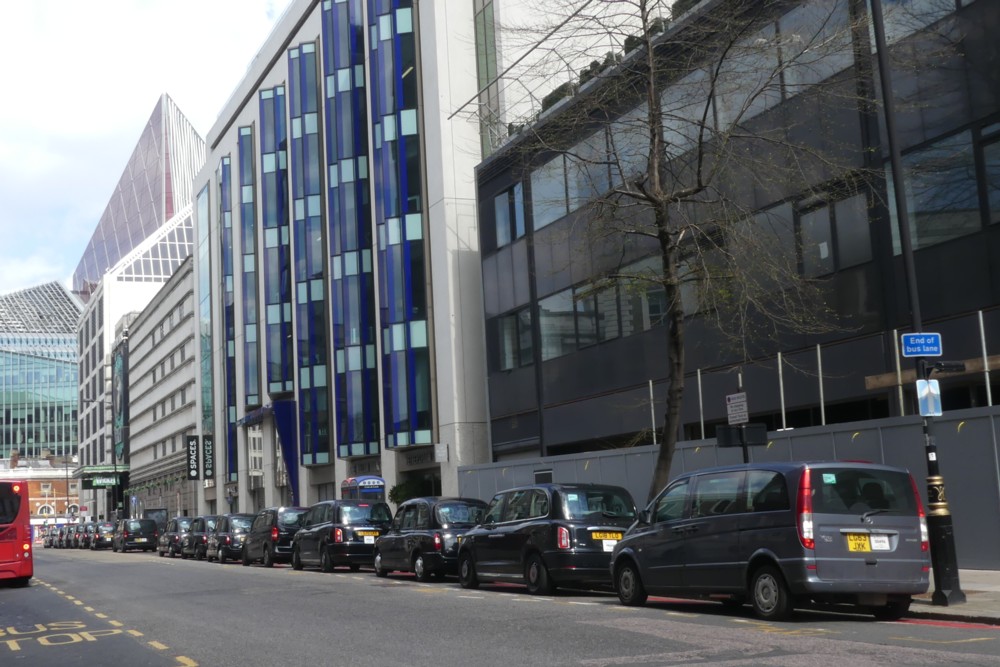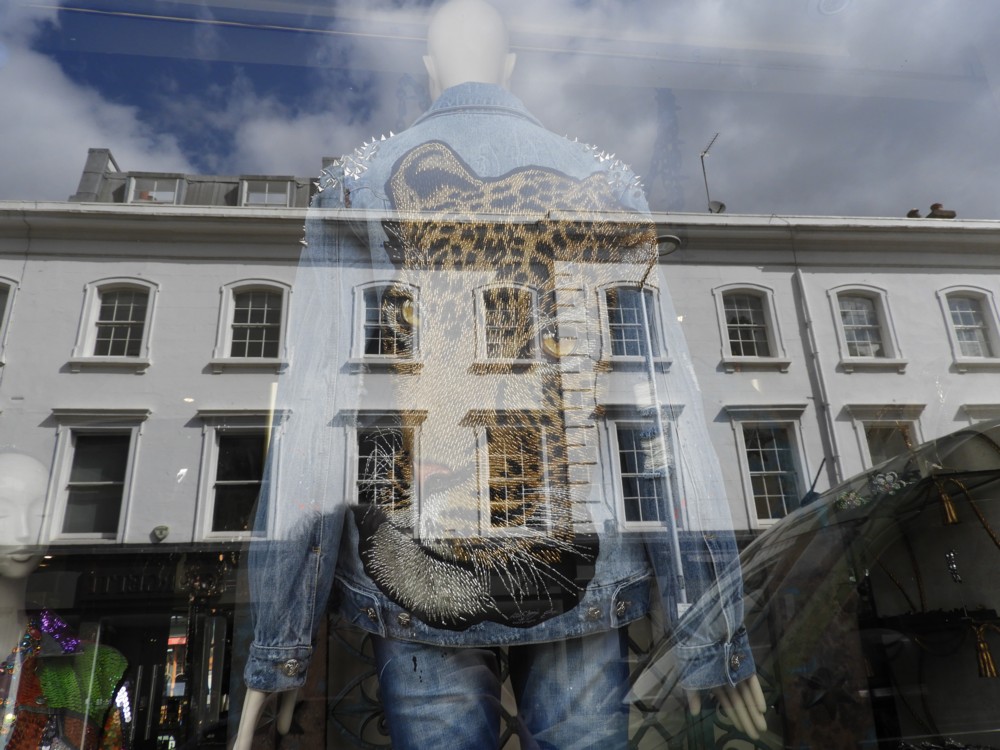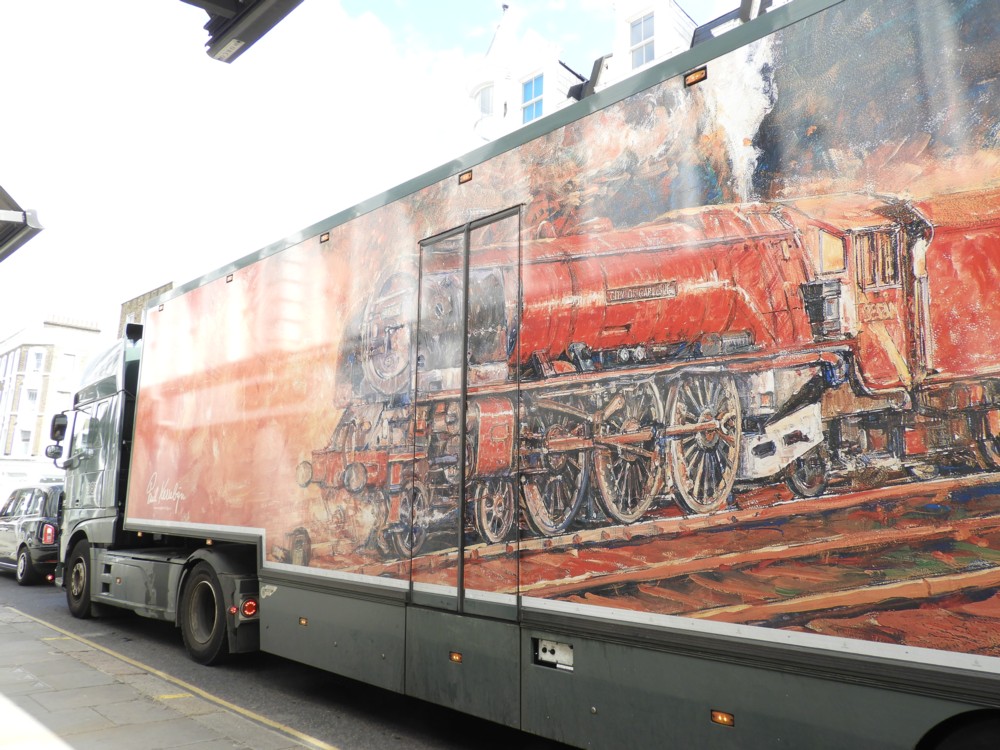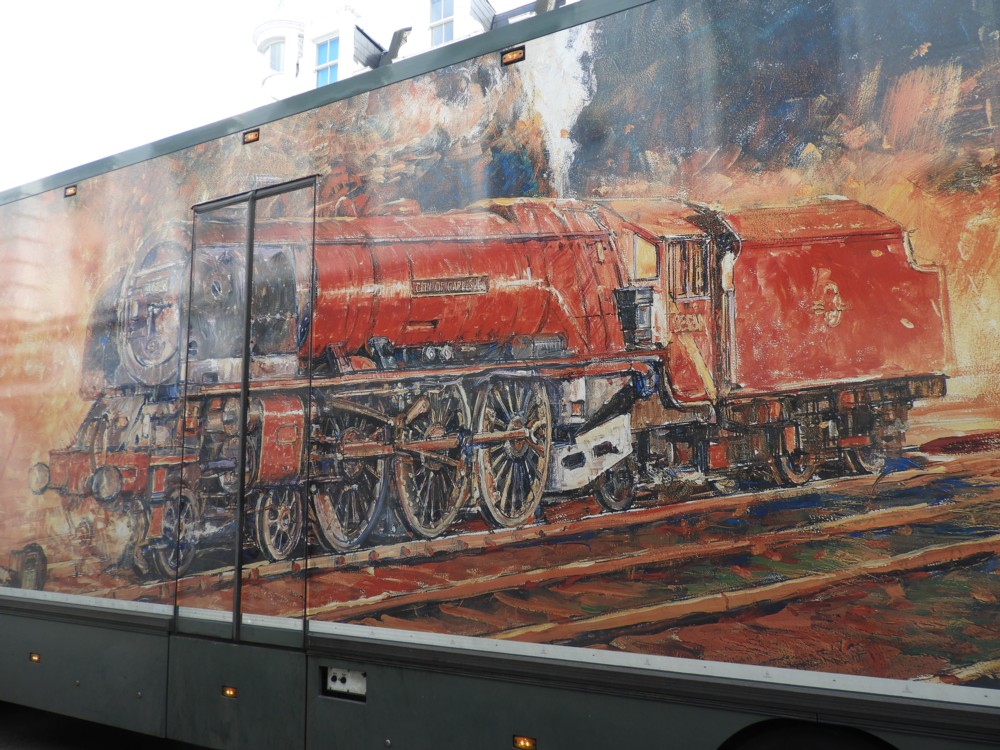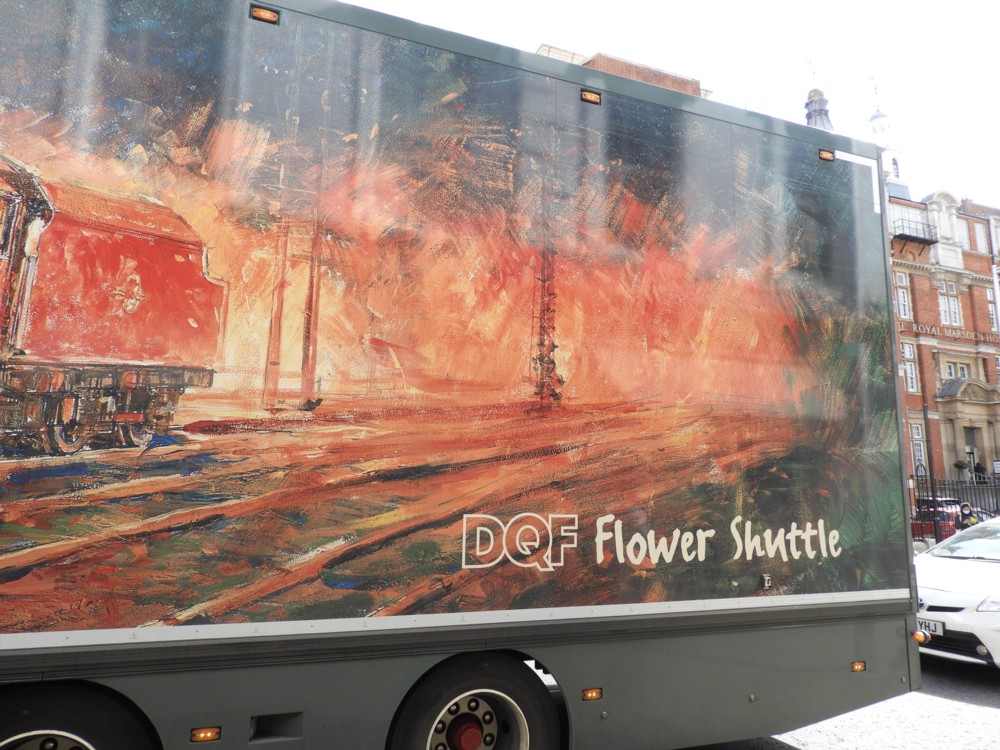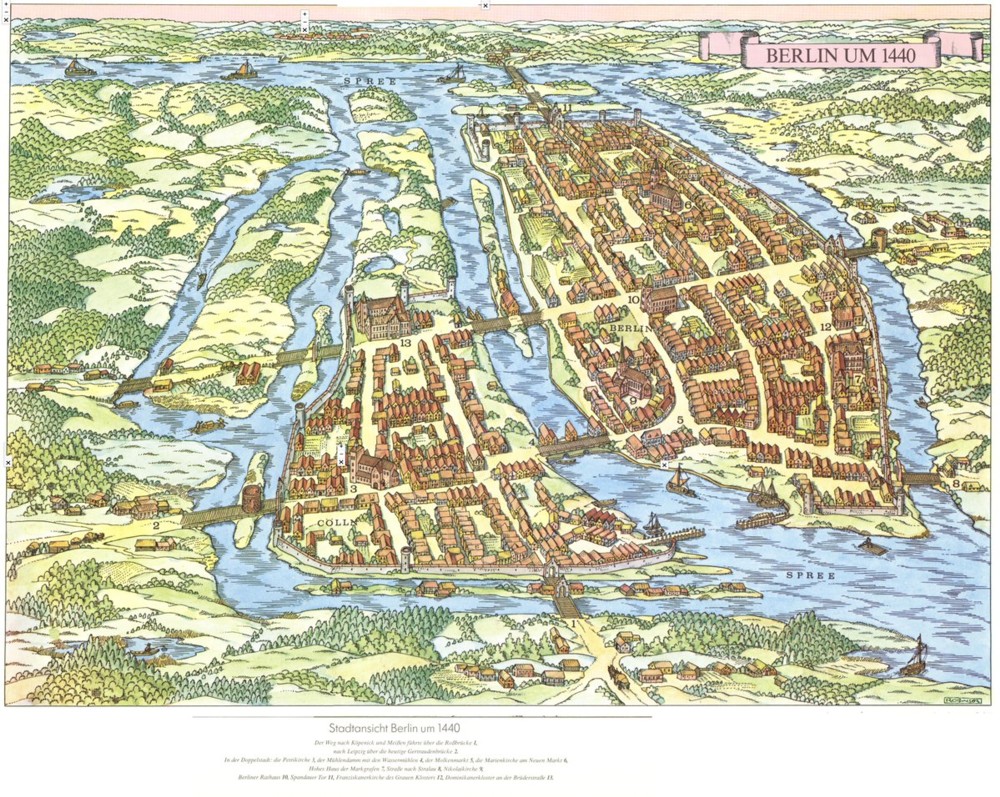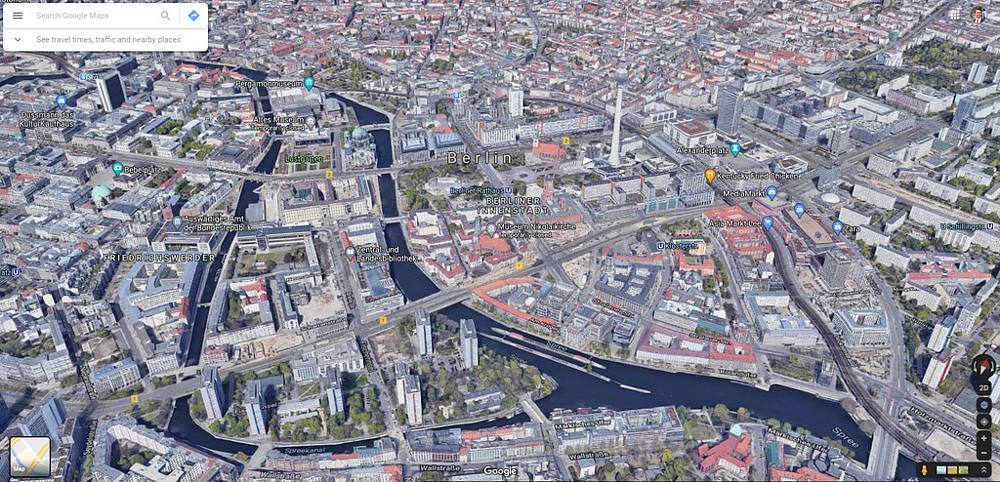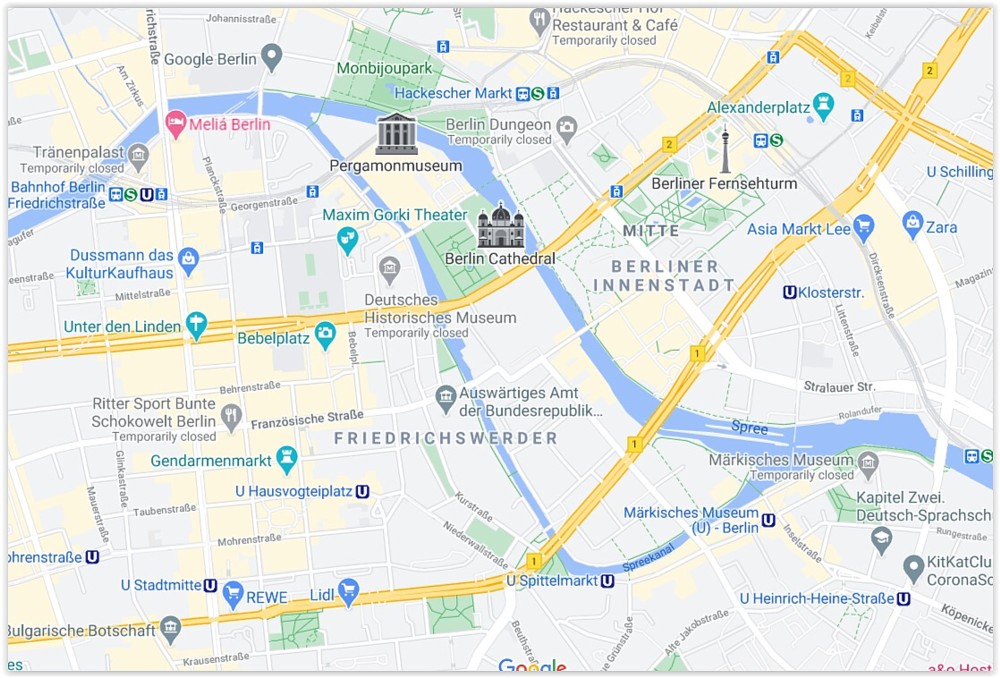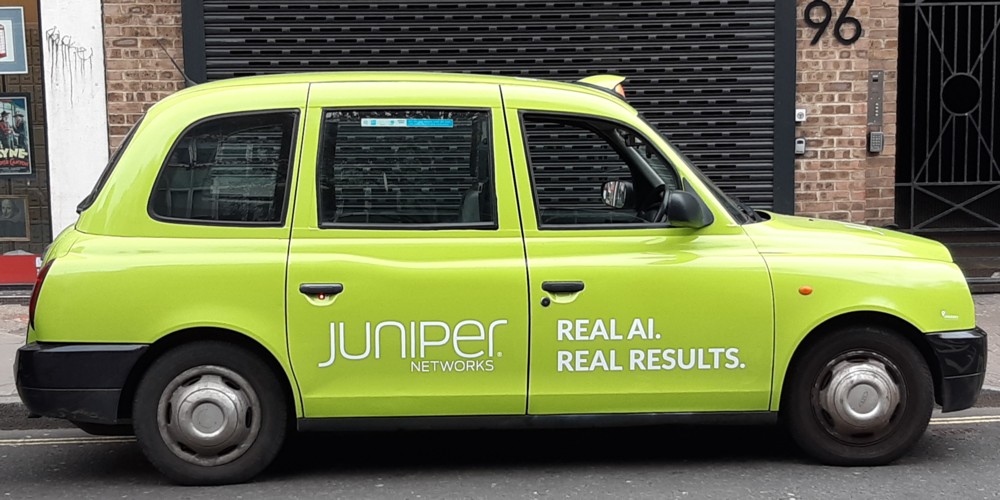One of the themes I believe I have encountered in the course of my architecture-spotting is the one I’ve been calling The Triumph of Modernism Indoors. These photos, taken from a piece about a house conversion that’s just been done in Highgate, illustrate that this may not be quite the right distinction.
Here’s a piece of classic ancientist victory, in the form of a deceptively normal looking house in Highgate. It’s had a total makeover, but you wouldn’t know this just looking at it from the street outside:
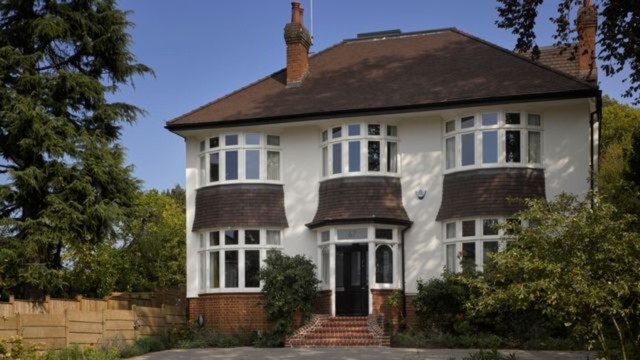
Indoors, however, modernism reigns supreme:
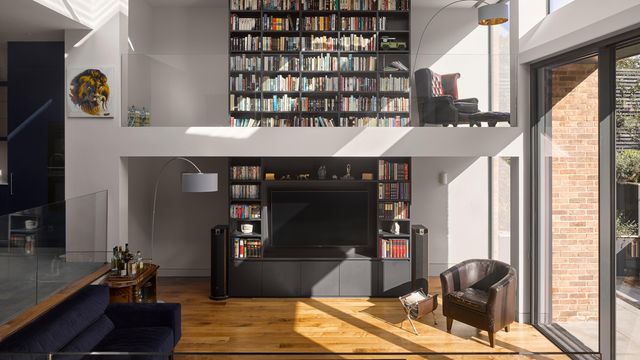
However, modernism has also made its presence felt out of doors, round the back, in the garden, which passers-by do not see:
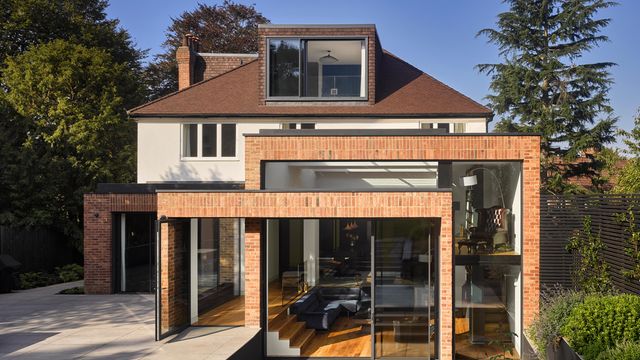
The continuing dominance (not total victory by any means) of ancientism has been in “public” rather that “outdoors”, and the triumph of modernism has been in “private” rather than merely indoors. The point being that the outdoor triumphs of modernism are tending particularly to happen also in the private bits of outdoors.
What’s going on here is that the “private citizen” wants modernism in those bits of his place that he totally controls, because modernism makes more sense, and is cheaper and quicker to do. But, “public citizens” don’t care for the way modernism looks, especially if it replaces ancientism in the public realm. So the public bits of a building, if they are now ancientism, cannot be smashed to bits and replaced by modernism, if preserved ancientism is an option, as it was for this ancientist Highgate home. But if the private citizen himself positively likes the public appearance of modernism, he can do modernism outdoors also, provided he only does it in the private bits of outdoors, the bits that he experiences but which passers-by do not.
Everything will hinge on whether an ancientist house with a modernist extension out the back in the garden will sell for the same silly money as a house with no modernist stuff outdoors in the garden.
I’m guessing it will so sell, provide only that the extension does the job without silly things like a leaking roof.
I am zeroing in on another over-arching fact about “private householders”. They’d like a house that looks publicly nice, but when economic push comes to economic shove, what matters is whether their newly acquired house works properly, without having to be expensively mended. For all their aesthetic tastes. their aesthetic tastes don’t actually matter, or rather, don’t matter enough to have real world consequences. What does matter is that their machine for living in should tick over correctly, the way a properly functioning machine should.
This increasingly “private” blogging that I’ve been doing for about the last fifteen years is really starting to achieve things for me.

